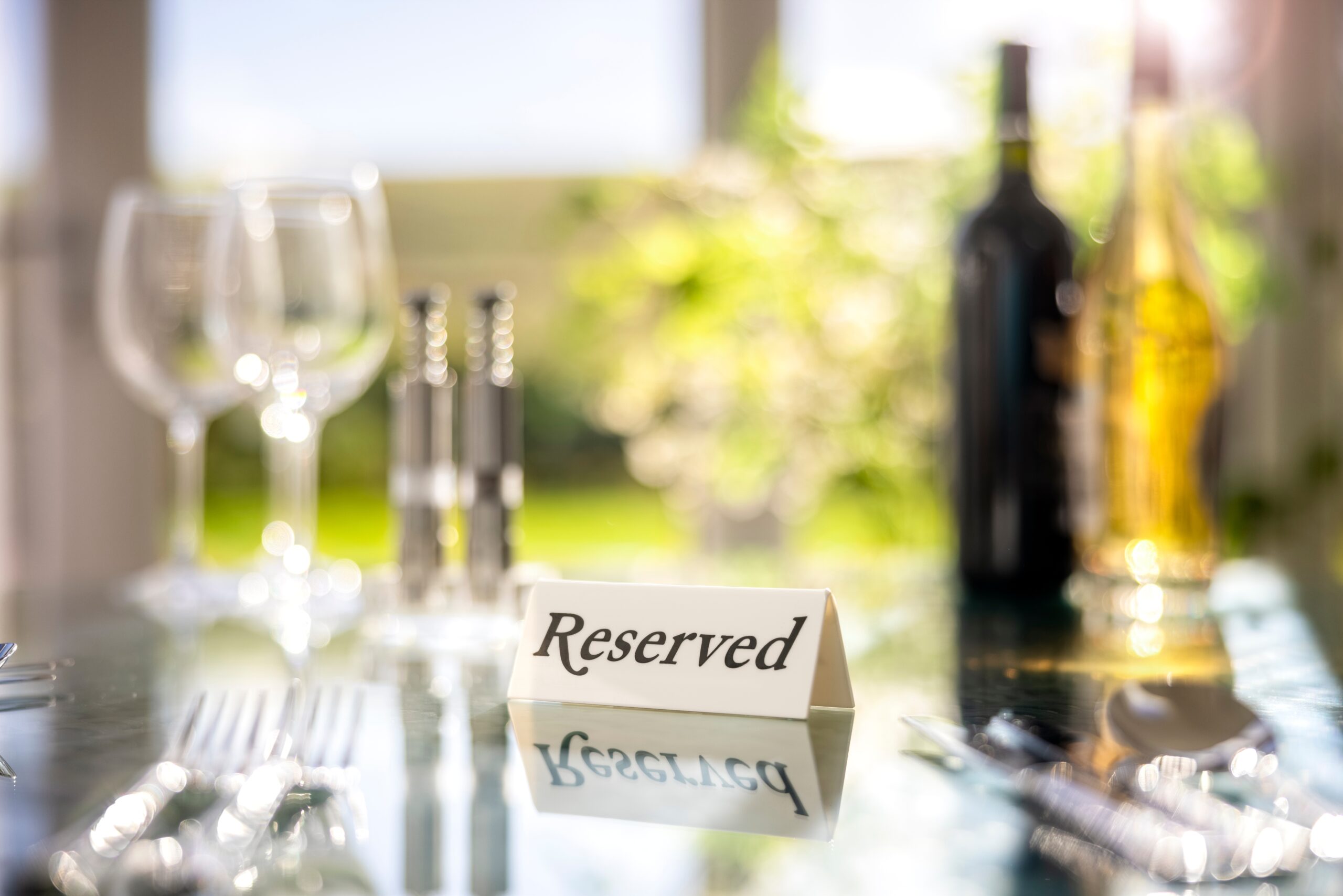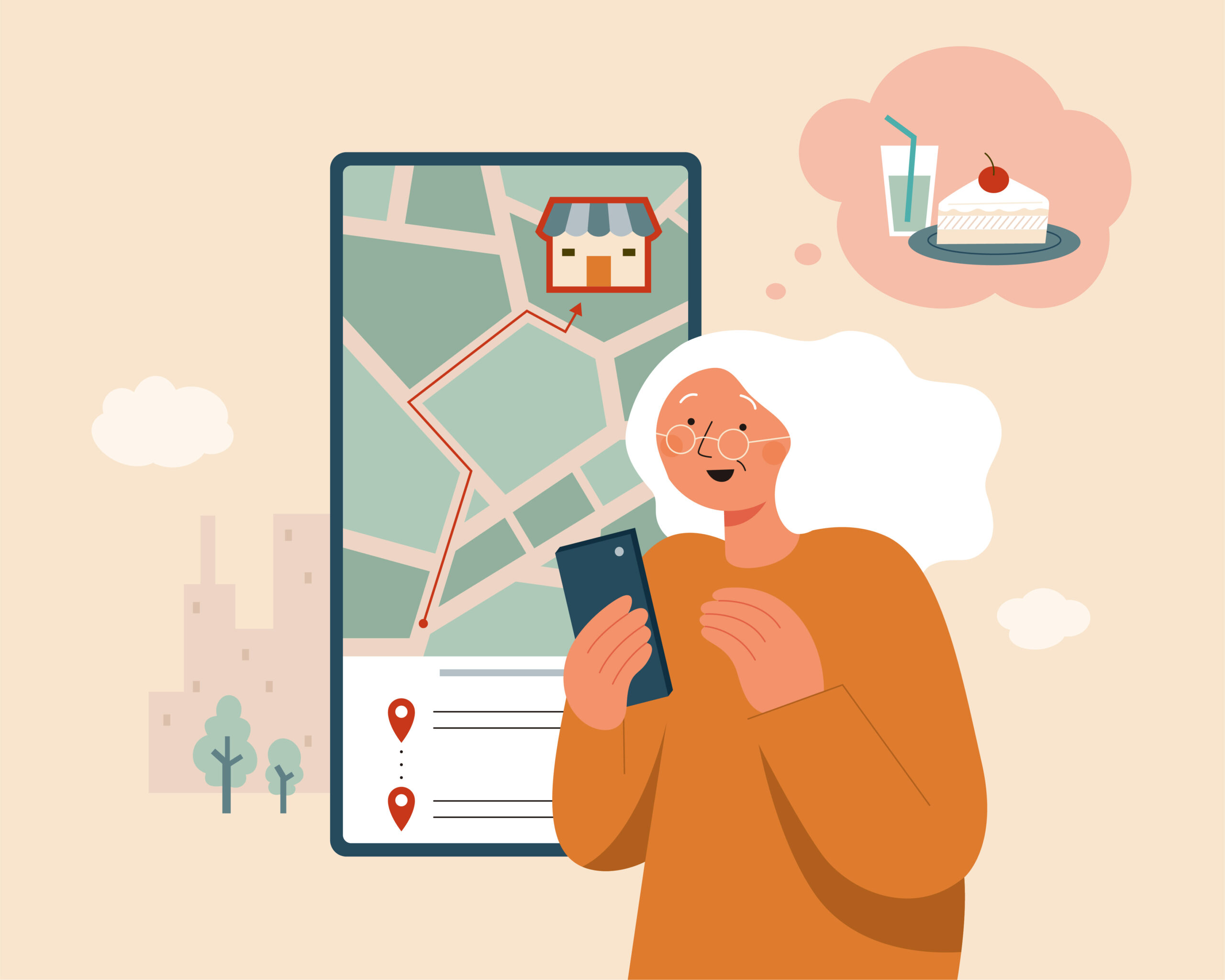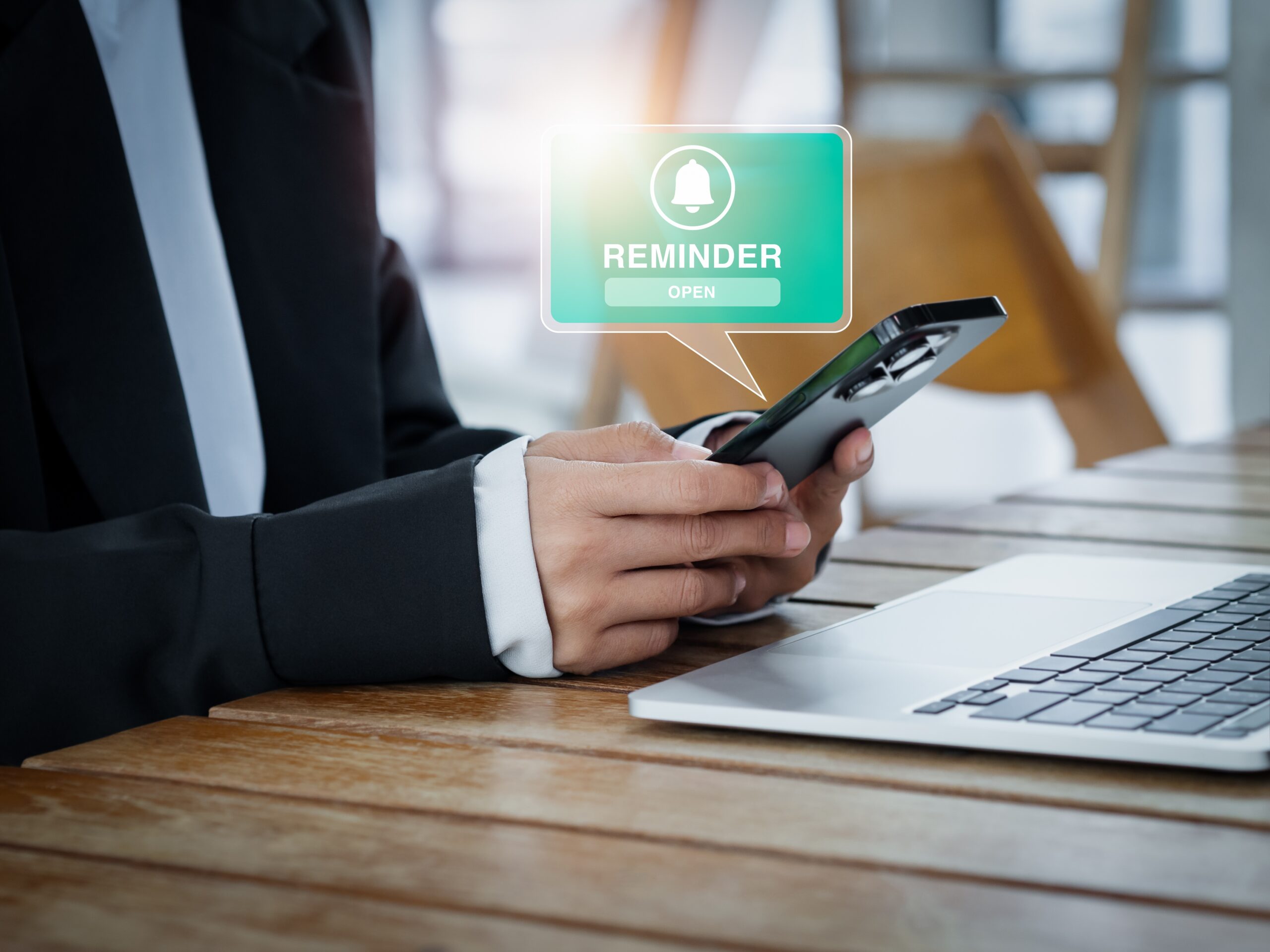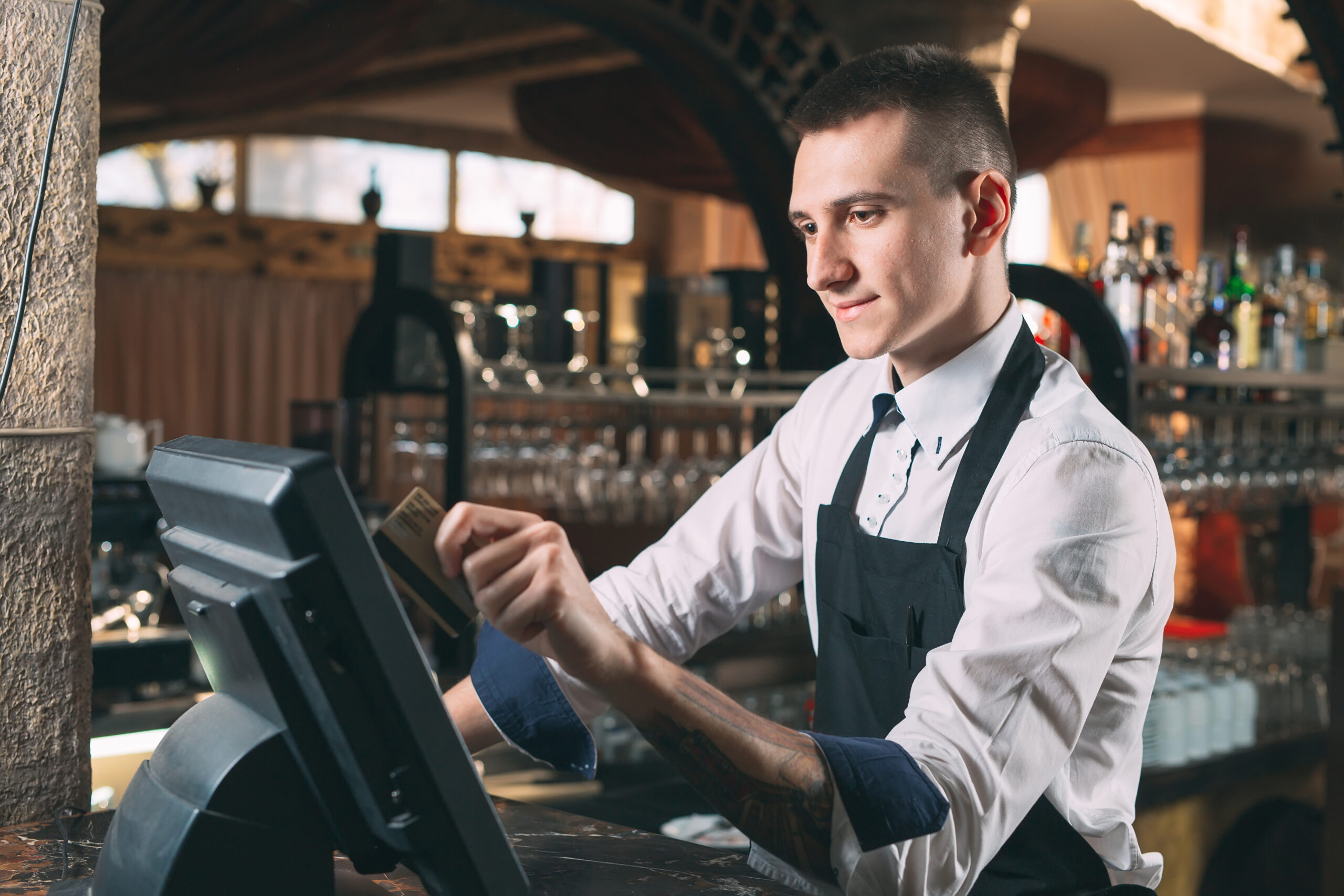Running a restaurant is all about creating memorable experiences — not just great food, but also smooth service and happy guests. One of the simplest ways to improve operations and guest satisfaction is by offering reservations. Whether you’re a fine dining establishment or a casual neighborhood spot, here are five compelling reasons every restaurant should consider a reservations system.
1. Predictable Flow of Guests
Walk-in traffic is unpredictable. A reservation system gives you visibility into who’s coming and when, helping you balance seatings throughout the day. This reduces peak-time chaos, prevents long wait times, and helps your team deliver consistent service.
📊 Stat: According to OpenTable, restaurants that accept reservations see an average increase in seat utilization of 25–30% compared to walk-in–only restaurants.
2. Better Staff Scheduling
When you know how busy a night will be, you can schedule the right number of servers, kitchen staff, and hosts. This saves money by preventing overstaffing while protecting against the burnout that happens when you’re short-handed.
📊 Stat: The National Restaurant Association reports that 71% of operators cite labor costs as a top challenge. Reservations provide the data needed to schedule smarter and reduce wasted payroll hours.
3. Reduced Wait Times (and Frustrated Guests)
No one likes standing around waiting for a table — especially when hungry. Reservations virtually eliminate that frustration, creating a smoother guest experience. Happier guests are more likely to return, leave positive reviews, and recommend your restaurant to friends.
📊 Stat: Deloitte found that 40% of diners are less likely to return after experiencing long waits, even if they enjoyed the food.
4. Higher Revenue Potential
Reservations let you control table turns more strategically. You can:
- Maximize seatings by staggering reservation times.
- Offer special reservation-only experiences (chef’s table, wine pairings).
- Capture larger groups by holding space.
In short: you’re not leaving money on the table — literally.
📊 Stat: Restaurants using reservations effectively report up to 20% higher revenue per available seat hour (RevPASH) compared to those relying on walk-ins only.
5. Valuable Guest Insights
A modern reservation system tracks guest preferences, visit frequency, and spending habits. This data helps you personalize experiences (“Welcome back, your favorite table is ready!”) and run targeted promotions to fill seats during slower times. Building guest loyalty starts with knowing who they are.
📊 Stat: Research shows that personalized experiences can increase guest spending by 10–20% and significantly improve loyalty.
Final Thoughts
Reservations aren’t just about filling tables — they’re about building efficiency, improving service, and creating repeat customers. In today’s competitive restaurant landscape, offering reservations isn’t a luxury; it’s a necessity.





